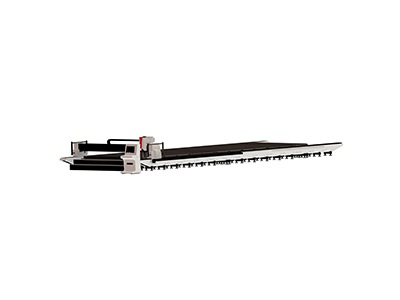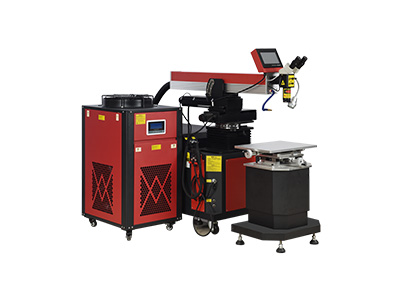- No.609, Centre Of Huijin Nanxiang, Yinxiang Road, Nanxiang Town, Jiading District, Shanghai, China
- sherry@sanmachines.com
- +86-18616767021
Laser Engraving and Laser Marking Machines Information!
Laser engraving and laser marking machines use a high-powered laser to mark or scribe materials with text, images, patterns, and graduations. Some products are used to mark conductive or non-conductive metals, plastics, glass, ceramics, or composite materials. Others are designed to mark integrated circuit (IC) chips, printed circuit boards (PCB), dies or semiconductor wafers. Laser engraving and laser marking machines for medical, military, and aerospace applications is also available. Laser scribing is a high-resolution marking process where the width of scribed lines is set to a specific tolerance. Each line consists of a series of small, closely spaced holes which are produced by laser energy pulses. Laser scribing is used to produce lines and characters of different fonts on semiconductors, ceramics, glass, wood, and other material surfaces. Laser engraving, another laser marking process, is used with polymers and specialized metal alloys.

Most laser engraving and laser marking machines use carbon dioxide (CO2) lasers; neodymium-doped, yttrium aluminum garnet (Nd:YAG) lasers; or diode lasers. Carbon dioxide (CO2) lasers use the energy-state transitions between the vibrational and rotational states of CO2 molecules to emit light at long infrared (IR) wavelengths. CO2 lasers can maintain continuous and very high levels of power, making them suitable for a variety of laser scribing and hot branding applications. Nd:YAG lasers can operate in pulsed or continuous modes and are used to mark steel and superalloys at power levels ranging from 1 to 5 kW. Laser engraving and laser marking machines with diode lasers or laser diodes use tiny chips of gallium arsenide or other exotic semiconductors to generate coherent light in a very small package.
Performance specifications for laser engraving and laser marking machines include wavelength, beam size, beam divergence, average power, operating current range, and operating temperature range. Beam size is the largest dimension of the beam while exiting the laser. Beam divergence is the change in beam diameter as a function of distance from the laser. For pulsed laser engraving and laser marking machines, specifications include pulse energy, pulse length and repletion rate. Pulse length is a measurement of time, not distance. Repetition rate is the number of pulses per second. X-axis travel, Y-axis travel, and Z-axis travel are also parameters to consider when selecting laser marking equipment.
Related product links


































 Company News
Company News




